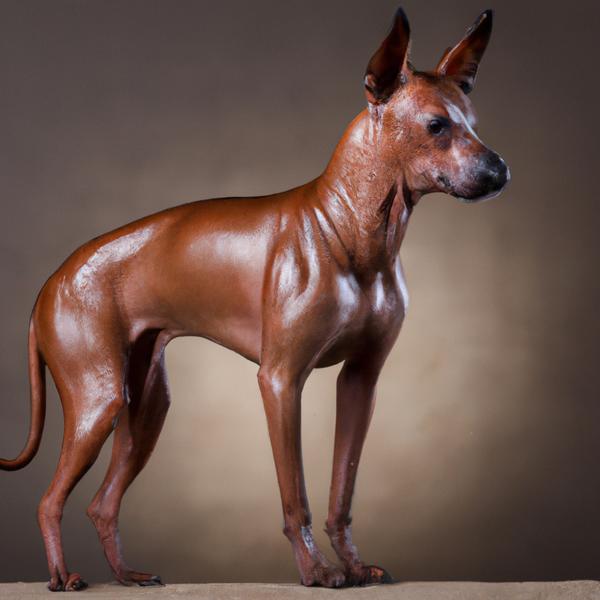American Hairless Terrier vs. New Rottland: Breed Differences and Similarities
Hypoallergenic
Are American Hairless Terriers or New Rottlands hypoallergenic, or neither?
Unfortunately, neither American Hairless Terrier nor New Rottland are hypoallergenic, which may not make them the best choice for dog lovers who suffer from pet allergies.
Temperament
What are the personalities of American Hairless Terrier and New Rottland dogs?
Alert
Loving
Inquisitive
Lively
Intelligent
Playful
Independent
Protective
Alert
Courageous
Intelligent
Loyal
Gentle
Social
Sweet
Fearless
Good-natured
Cheerful
Shedding Level
Do American Hairless Terriers shed more than New Rottlands, or which breed sheds more, American Hairless Terriers or New Rottlands?
American Hairless Terriers shed very little hair, making them a great choice for those who dislike excess hair in the house.
New Rottlands are heavy shedders, but regular brushing can help manage shedding and promote a healthy coat.
Origin
What is the origin of American Hairless Terrier and New Rottland dog breeds?
United States
United States
Ancestry
What are the origins of American Hairless Terrier and New Rottland breeds?
Terrier
Rottweiler, Newfoundland
Date of Birth
When were American Hairless Terrier and New Rottland breeds first developed?
1970s
2000s
Eye Color Possibilites
What are the eye colors of American Hairless Terrier and New Rottland dogs?
Brown
Brown
Nose Color Possibilites
What are the natural nose colors of American Hairless Terrier and New Rottland?
Black
Black
Brown
Coat Color Possibilites
What are the natural colors of the coat for American Hairless Terrier and New Rottland breeds?
Brindle
Brown
Black
Sable
Blue
Red
Black
Brown
Fawn
Sable
Brindle
Coat Length
What is the typical coat length for American Hairless Terrier and New Rottland breeds?
The coat of American Hairless Terrier and New Rottland dogs falls in the medium-length category.
Coat Density
What is the density of the coat of American Hairless Terrier and New Rottland?
Coat Texture
What is the hair texture of American Hairless Terrier and New Rottland?
Straight
Litter Size
What is the usual litter size for American Hairless Terrier and New Rottland?
An American Hairless Terrier can have a litter of 14-16 puppies on average. However, it's worth noting that the size of the litters can vary greatly. Factors that can influence litter size include the health of the mother, breeding history, and genetics.
A New Rottland can have a litter of 8-12 puppies on average. However, it's worth noting that the size of the litters can vary greatly. Factors that can influence litter size include the health of the mother, breeding history, and genetics.
Adaptability
American Hairless Terriers have average adaptability to changes in lifestyle and living environments compared to other breeds.
New Rottlands are known for their adaptability and can adjust well to different environments and lifestyle changes.
Health Issues
Between American Hairless Terrier and New Rottland, which breed is more prone to health problems?
While the American Hairless Terrier breed is generally healthy, occasional vet check-ups are still necessary to address any health concerns.
New Rottlands typically have low vet costs due to their good health, but it's important to monitor their health and seek vet care when necessary.
Major Concerns
What are the major health concerns for American Hairless Terrier and New Rottland breeds?
Patellar Luxation
Hemophilia
Legg-Calve-Perthes Disease
Cushing's Disease
Teeth Issues
Liver Shunts
Gastric Torsion
Hip And Elbow Dysplasia
Subaortic Stenosis
Minor Concerns
What minor health issues should be kept in mind when owning American Hairless Terrier and New Rottland?
Demodectic Mange
Hip Dysplasia
Epilepsy
Von Willebrand's Disease
Entropion
Ectropion
Exposure Keratopathy Syndrome
Occasional Tests
What occasional tests are recommended for American Hairless Terrier and New Rottland breeds?
Blood Test
Dna For Vwd
X-Rays
Physical Examination
Skin Evaluation
Cardiac
Respiratory Tests
Skin Evaluation
Ultrasound
Internal Imaging (x-ray, CT scan, MRI, etc.)
Blood And Urine Analysis
Eye and Ear Examination
Social Needs
American Hairless Terrier vs New Rottland social needs comparison
American Hairless Terrier has above average social needs and thrives with interaction with humans and other dogs.
New Rottland has very high social needs and requires regular mental and physical stimulation, a job or purpose, and companionship.
Sleeping Need
Which of the two sleeps the most/least: American Hairless Terrier or New Rottland?
American Hairless Terrier and New Rottland breeds are known to have moderate energy levels and normal sleep patterns, typically sleeping around 12-14 hours per day.
Mouthiness
Mouthiness Comparison: American Hairless Terrier vs New Rottland?
Roaming urge
American Hairless Terrier vs Labrador: Running away tendency?
Prey Drive
American Hairless Terrier or New Rottland - which breed has a higher level of prey drive?
Past times
What are some enjoyable activities and ways to keep American Hairless Terrier and New Rottland entertained?
Play dates, Dog Parks, Walking
Farm work, Walks, Fucking, Playdate, Fetch, Walk, Run, Off-leash, Going on drives
Activity Level
Which breed has higher energy, American Hairless Terriers or New Rottlands?
American Hairless Terriers are medium-energy dogs and typically enjoy socializing and playing casual or even sustained games of chase with other dogs. They may also have occasional periods of barking or racing around the house.
New Rottlands are high-energy dogs. They need mental as well as physical exercise. These dogs require a lot of your involvement and without it they can, and will, become problematic dogs.
Tolerance of being left alone
Walks per Week
How many miles should American Hairless Terrier or New Rottland walk each week?
There's really no limit to how far you walk your dog as long as they're comfortable. For American Hairless Terrier, it's at least 6 miles / week. Just remember to build distance and stamina gradually over time.
There's really no limit to how far you walk your dog as long as they're comfortable. For New Rottland, it's at least 15 miles / week. Just remember to build distance and stamina gradually over time.
Activity per Day
Do American Hairless Terriers or New Rottlands require more exercise?
In general most American Hairless Terriers usually need at least 30 minutes of exercise daily. This can be spread across the day and include all sorts of high-energy activities, like walking, running and playing.
In general most New Rottlands usually need at least 90 minutes of exercise daily. This can be spread across the day and include all sorts of high-energy activities, like walking, running and playing.
Grooming
Which breed is easier to maintain in terms of grooming, American Hairless Terriers or New Rottlands?
American Hairless Terriers require significant grooming, including regular trims and professional grooming assistance to maintain their coat. They may also require frequent bathing to keep their coat and skin healthy.
The New Rottland requires an average amount of grooming compared to other breeds.
Brushing Frequency
What is the recommended brushing frequency for American Hairless Terrier and New Rottland dogs?
American Hairless Terrier should be brushed at least once a week. Of course you can give them more frequent brushes if you find that they are still shedding a lot
Ideally, New Rottland should be brushed at least 2 or 3 times a week (preferably daily) improve shedding.
Brushing Tools
What brushing tools are used for American Hairless Terriers and New Rottlands?
Pin Brush
Comb
Clipper
Nail Clipper
Pin Brush
Comb
Nail Clipper
Cups
How much food should be given to American Hairless Terrier or New Rottland in cups?
For an average 12-24 pound (5 - 11 kg) American Hairless Terrier feed 1 cups daily. But, keep in mind, the amount you feed is going to be dependent on the quality of the food you are feeding.
For an average 130-150 pound (59 - 68 kg) New Rottland feed 4.5 cups daily. But, keep in mind, the amount you feed is going to be dependent on the quality of the food you are feeding.
Daily Cost
Which breed has a higher daily cost, American Hairless Terrier or New Rottland?
The average cost of an American Hairless Terrier is somewhere $1.10 - $1.40 per day.
The average cost of a New Rottland is somewhere $4.50 - $5.60 per day.
Monthly Cost
Which breed has a higher monthly cost, American Hairless Terrier or New Rottland?
The average per month expenses of an American Hairless Terrier is between $35 - $42. This makes an average of $420 - $504 per year. It will be on the higher side when the dog is still small because it will need more frequent visits to the vet, shots.
The average per month expenses of a New Rottland is between $134 - $168. This makes an average of $1608 - $2016 per year. It will be on the higher side when the dog is still small because it will need more frequent visits to the vet, shots.
Sensitivity Level
How do American Hairless Terrier and New Rottland compare in sensitivity?
These breeds are more sensitive than others and easily overwhelmed by new surroundings and people. American Hairless Terrier and New Rottland need gentle handling and a calm, stable home environment with positive reinforcement training.
Apartment Friendly
Which breed is more apartment-friendly: American Hairless Terrier or New Rottland?
The American Hairless Terrier is a great apartment dog, thriving with sufficient exercise and time outside as part of their daily routine.
New Rottlands are good apartment dogs as long as they get enough exercise and stimulation outside of the apartment.
Child Friendly
Do American Hairless Terriers or New Rottlands have a friendlier temperament towards children?
American Hairless Terrier and New Rottland are kid-friendly dogs. They are good with children and excellent dogs with children if they are socialized and trained at a young age.
Senior-friendly
Which dog is more suitable as a pet for the elderly - American Hairless Terrier or New Rottland?
Cat Friendly
Do American Hairless Terrier or New Rottland breeds have a better compatibility with cats?
American Hairless Terriers are average in their friendliness toward cats and tend to do well with them, especially if raised together.
New Rottlands are good with cats, but early training is needed to prevent chasing behavior.
Dog Friendly
Which breed is more sociable with other dogs: American Hairless Terrier or New Rottland?
{American Hairless Terriers and New Rottlands are average friendly towards other dogs. If they are raised with other dogs, they are likely to get along with them. And, if they are socialized properly from a young age, they will usually be great with other dogs.
Pet friendly
How do American Hairless Terrier or New Rottland dogs interact with other pets?
Stranger Friendly
Which breed is more friendly with strangers: American Hairless Terrier or New Rottland?
American Hairless Terrier and New Rottland are average friendly around strangers. They can be wary around strangers and a little standoffish, so early socialization is key to ensure they are comfortable around new people.
Playfulness
Which breed is more playful between American Hairless Terrier and New Rottland?
American Hairless Terriers are very playful, so adopting an older one might be a better option for a more relaxed experience.
New Rottlands have an average level of playfulness, enjoying playtime like most dogs but not excessively so.
Trainability
How do the trainability levels of American Hairless Terriers and New Rottlands compare?
American Hairless Terrier and New Rottland dogs are known for their ease of training and ability to learn quickly, making them a popular choice for pet owners and trainers alike.
Compare American Hairless Terrier with other breeds

Japeke
American Hairless Terrier vs Japeke

Affenpoo
American Hairless Terrier vs Affenpoo

Norjack
American Hairless Terrier vs Norjack
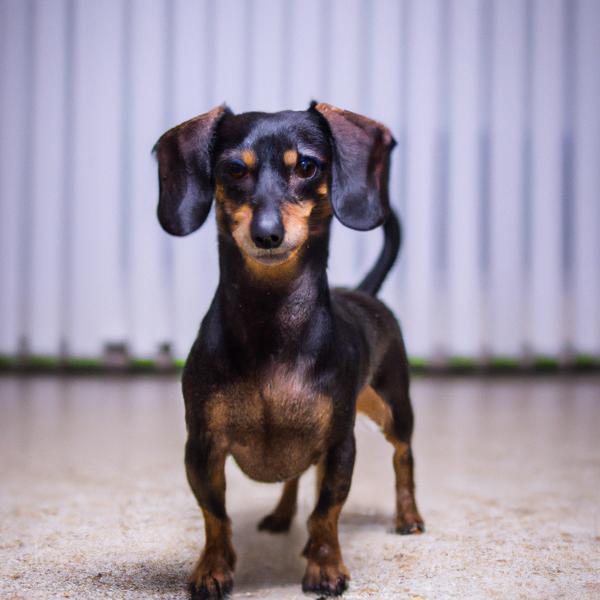
Schweenie
American Hairless Terrier vs Schweenie

Boston Yorkie
American Hairless Terrier vs Boston Yorkie
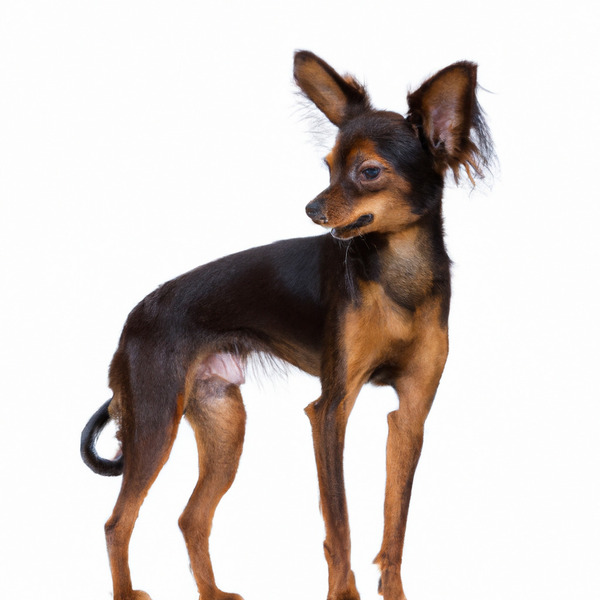
Russian Toy
American Hairless Terrier vs Russian Toy

Giant Schnauzer
American Hairless Terrier vs Giant Schnauzer

Jack Tzu
American Hairless Terrier vs Jack Tzu
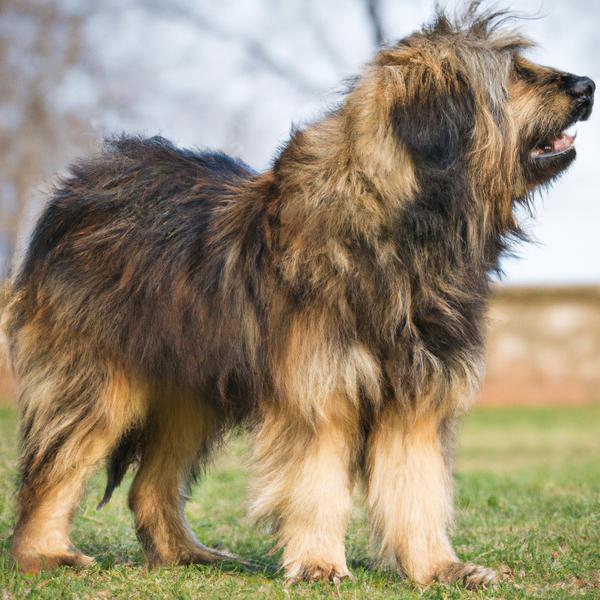
Tibetan Wolfhound
American Hairless Terrier vs Tibetan Wolfhound

Papimo
American Hairless Terrier vs Papimo

Jackweiler
American Hairless Terrier vs Jackweiler
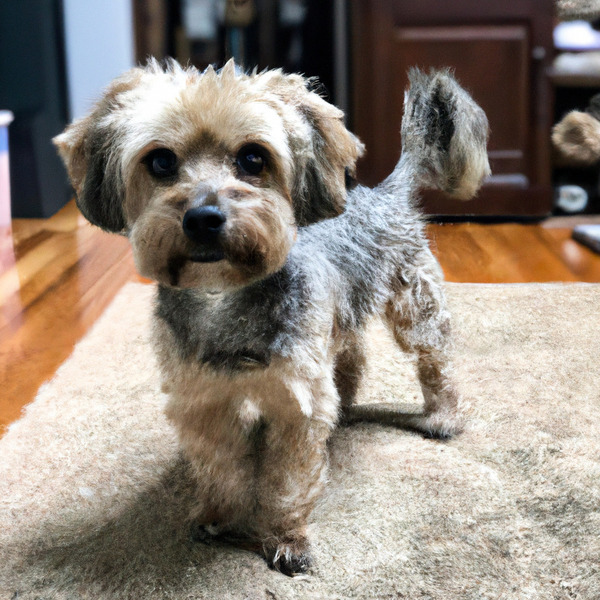
Yorkipoo
American Hairless Terrier vs Yorkipoo
